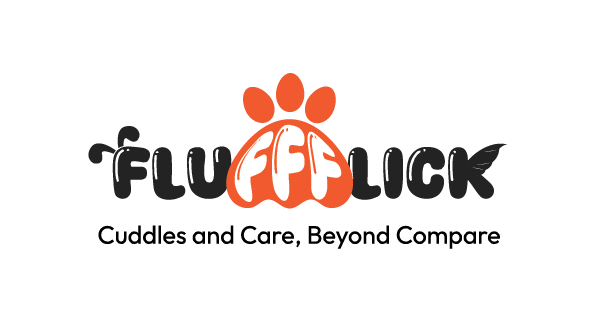Dogs communicate primarily through body language, and understanding their signals can strengthen your bond and improve your relationship. By interpreting your dog’s behaviors, you can respond appropriately to their needs and emotions. Here’s a guide to help you decode your dog’s body language and what it means.
1. Tail Position and Movement
- Wagging Tail: A wagging tail usually indicates happiness or excitement. However, the speed and height matter. A high, fast wag often signifies enthusiasm, while a slow wag may indicate uncertainty.
- Low Tail: If your dog holds their tail low, it can signal submission or insecurity. Pay attention to other body language cues to understand their emotional state.
- Tucked Tail: A tail tucked between the legs often indicates fear, anxiety, or submission. This behavior suggests that your dog may feel threatened or uncomfortable.
2. Ear Position
- Erect Ears: When a dog’s ears are upright and alert, they are focused and interested in their surroundings. This can indicate excitement or curiosity.
- Relaxed Ears: Ears that are relaxed and in a neutral position suggest that your dog is calm and comfortable.
- Flat Ears: Ears that are pinned back against the head often indicate fear, submission, or aggression. If your dog displays this behavior, assess the situation for potential stressors.
3. Eye Contact
- Soft Eyes: A relaxed dog will have soft, squinty eyes. They may blink slowly or look at you gently, indicating comfort and trust.
- Hard Stare: If your dog is staring intensely without blinking, it may be a sign of aggression or a warning to back off. Approach with caution.
- Avoiding Eye Contact: If your dog looks away or avoids eye contact, it can signify submission, stress, or a desire to disengage from a situation.
4. Mouth and Facial Expressions
- Relaxed Mouth: A relaxed mouth with a slightly open jaw indicates a calm and happy dog. They may even appear to smile.
- Tensed Mouth: A closed or tightly closed mouth can signal anxiety or tension. Pay attention to other signs to understand their mood.
- Lip Licking: If your dog is licking their lips or yawning frequently, it may indicate stress or discomfort. They might be trying to calm themselves in a tense situation.
5. Posture
- Relaxed Posture: A dog that is comfortable will have a loose, relaxed posture. They may lie down with their belly exposed or have a loose stance while standing.
- Stiff Posture: A tense, rigid stance can indicate anxiety, aggression, or a feeling of threat. It’s essential to assess the environment for any triggers.
- Play Bow: When a dog lowers their front legs while keeping their hind end up, it’s an invitation to play. This posture signifies excitement and friendliness.
6. Movement and Tail Chase
- Bouncing or Playful Movements: Playful dogs often exhibit bouncy, happy movements. They may initiate games by jumping or darting around.
- Hiding or Cowering: If your dog is hiding or cowering, it’s a sign of fear or discomfort. Try to identify the source of their anxiety and provide a safe space for them.
- Chasing Tail: While occasional tail chasing can be playful, excessive or obsessive tail chasing may indicate stress or behavioral issues.
7. Growling and Barking
- Growling: Growling can indicate discomfort or a warning. It’s essential to respect this behavior as it signifies that your dog is not happy with the situation.
- Barking: Dogs bark for various reasons, including excitement, alertness, or anxiety. Understanding the context of their barking is crucial to addressing their needs.
Conclusion
Understanding your dog’s body language is essential for effective communication and building a trusting relationship. By observing their tail position, ear posture, eye contact, mouth expressions, and overall body posture, you can better interpret their emotions and respond appropriately. Remember that every dog is unique, and their body language may vary based on their personality and experiences. By learning to recognize and respond to your dog’s signals, you can enhance their well-being and strengthen the bond you share.

